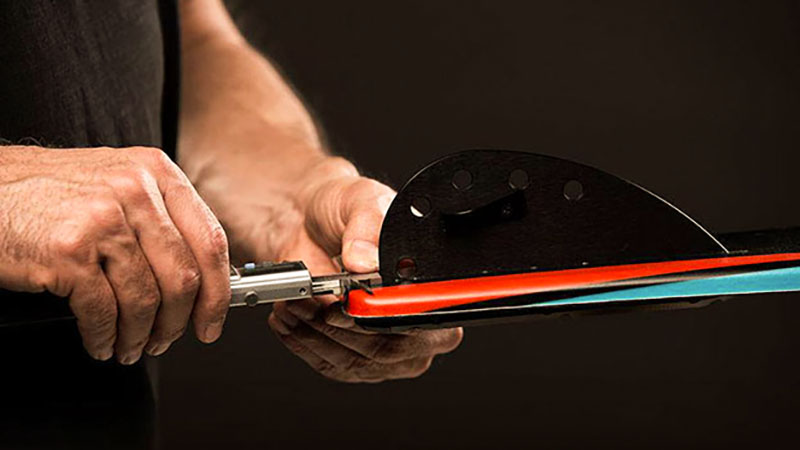Advanced, Novice, Setup, Ski Behavior
When Should I Adjust My Ski Setup?
Skiers who’ve never played with their setup may find themselves wondering when might be the best time to pursue an improvement. How do you know when to stray from the factory setup? Should you be ski-tuning at the beginning of the season or at the end, before going to ski school or after? Should you tune in warm water or cool? Etc.?
The decision to stray from the factory setup depends on both the skier and the factory setup in question. If you are a novice skier, you should probably stick with the factory setup—assuming you KNOW that it has been accurately measured. Even if you’re a pretty good skier, there’s still no guarantee that pursuing a custom setup will yield performance gains.
If the stock settings give you a ski that rarely surprises you and is supportive of your efforts to improve your technique, then the opportunity for improvement through setup changes is probably small. But if your ski demonstrates a consistent reluctance to turn or regularly surprises you with over-turning and tip-grab, the the time for a setup change is now, regardless of where you are in the season or your skiing schedule.
The single most important consideration driving the timing of a ski-tuning program should be the consistency of your skiing, not seasonal considerations. Where novice skiers may struggle with consistency until late in the season, advanced skiers may be skiing consistently within the first few sets of the year.
Ski behavior is a subtle thing to diagnose, so consistent skiing technique is essential to recognizing whether or not a change is an improvement (video is an essential help here). If you don’t know how well you’ll be skiing one day to the next, variations in your technique will overshadow subtle setup changes, leading to misguided tuning decisions and bad setups.
The best thing you can do for inconsistent technique is to stick with one good setup, and calibrate your technique to that setup. It can be a factory recommended setup or some other setup that you trust came from a reputable source. Either way, you’ll maximize your progress towards skiing consistency by sticking with one decent setup. And putting this setup on your ski does count as “ski-tuning” because it’s a near certainty that your ski does NOT have a proper factory setup on it right now. Skis virtually never come from the factory or ski shops with accurate factory setups installed. YOU are the only person who really cares how accurate your setup is. So if you’re not confident in your own ability to measure and set up your ski, be sure to find someone you can trust to do this for you.
One way to figure out if your skiing is consistent enough to pursue a custom setup is to move your bindings back or forward ¼”. This is a significant binding move, and if you notice how it changes the way your ski turns then you’re skiing is probably consistently enough for custom ski tuning. But keep in mind that changing your ski’s setup is like changing the tire pressures in your car—it will make a difference, but the change will be subtle.
For best ski tuning results, do your testing on warm days in cool water (60° – 70°). Most people ski their best on warm days, and a ski that works well in cool water will tend to work well in any other water temperature you’re likely to encounter.
SkiJay
![]()

